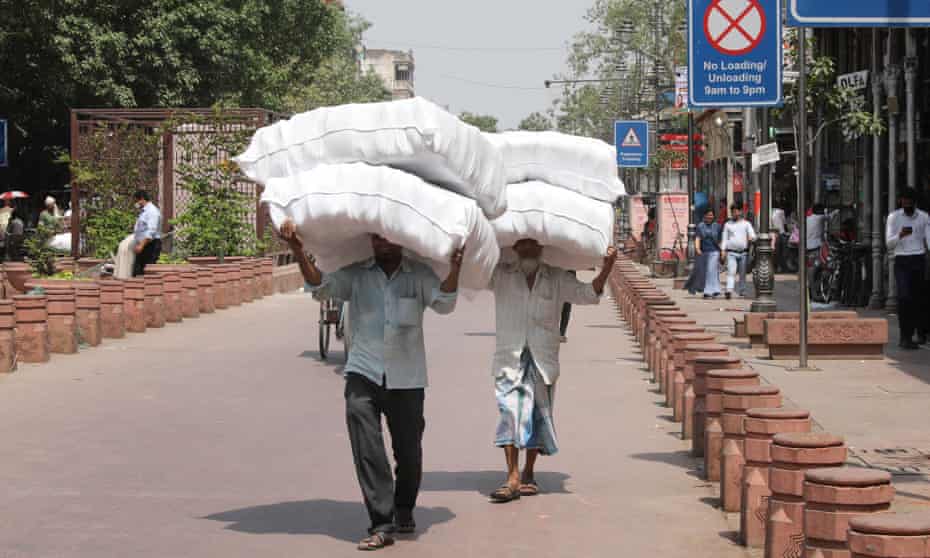Extract from The Guardian

Heatwaves around the world – including this year in south Asia – have been made more frequent and hotter because of the human-made climate emergency. The world’s poorest people, who have contributed very little to global heating, will bear the brunt of it. There will be a loss of life and livelihoods, especially for those forced to work outside in skin-splitting heat. A study in the Lancet last year suggested that 740,000 deaths in India a year could already be attributed to global heating.
In 1909, during the British Raj, it was said that the “budget of India is a gamble in rain”. More than a century later, the bet has not paid off, and the world is suffering. Low rainfall and high temperatures since March have reduced India’s wheat yields – forcing Delhi to renege on a promise to export its crop surplus just when global markets were struggling to make up shortfalls caused by Russia’s blockade of Ukrainian grain.
Greenhouse gas emissions are also changing the atmosphere in ways that make the region’s vital monsoon season both wetter and less predictable. The subcontinent urgently needs better urban storage systems and farmland aquifers that are not depleted faster than the monsoons can refill them. Mitigation is possible. In 2010 a heatwave killed an estimated 1,344 people in Ahmedabad, in Gujarat state. In response, the city drew up a “heat action plan” with early warning systems to tell residents how to cope with the heat and when to seek medical help. Shady parks are kept open, water dispensers were installed and outdoor working restricted to cooler parts of the day. An estimated 1,200 deaths have been avoided annually.
India’s prime minister, Narendra Modi, asked states to emulate Ahmedabad as this year’s heatwave threatened economic growth, but his government reduced public funding for climate adaptation. By 2030, the UN Environment Programme estimates, the developing world will have to spend up to $300bn a year to cope with the climate emergency. Rich countries account for just 12% of the global population today, but are responsible for 50% of greenhouse gases. These nations have a moral responsibility to help. Yet last November at Cop26 there was a promise for adaptation finance of just $40bn by 2025.
Instead, the world is experiencing a “gold rush” for new fossil fuel projects as the west seeks to reduce its reliance on Russian supplies. These are cast as short-term supply measures, but they risk locking the world into an irreversible climate disaster. There’s no good reason to be drilling for gas in the English countryside. Joe Biden’s decision last week to wield presidential power to manufacture green technology and send it to Europe was the right one. But the lethal burden of global heating will be borne disproportionately by the poorer world. That is where help should be disproportionately directed.
No comments:
Post a Comment